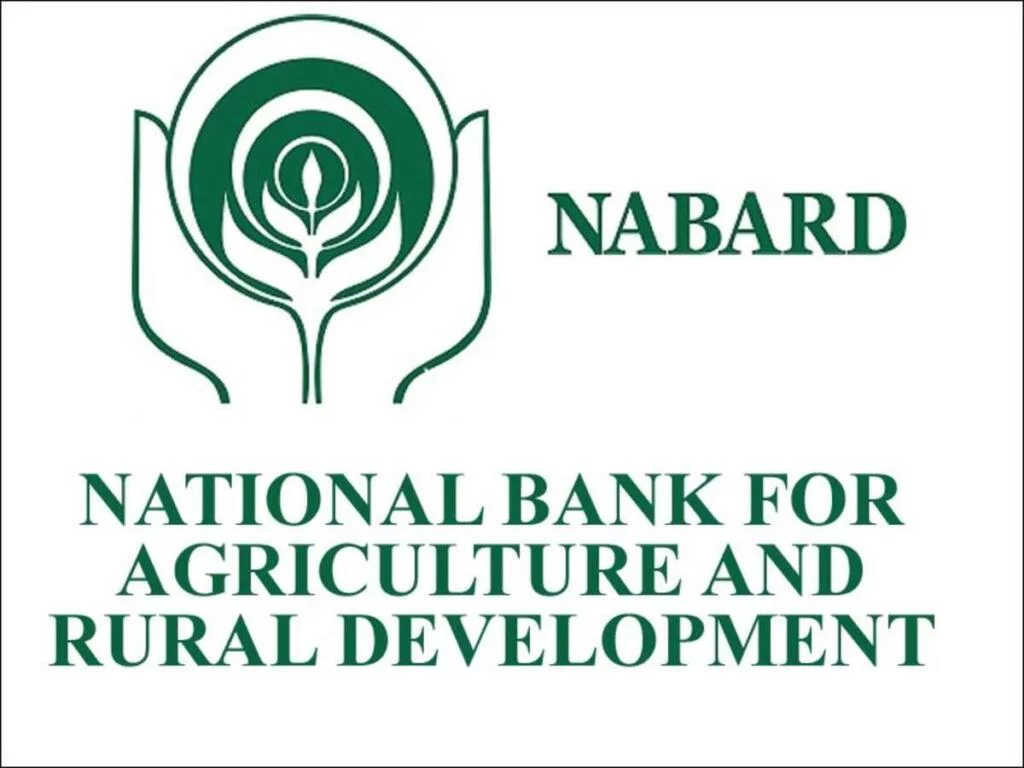
Image Source: MPSC Academy
In a key step toward rural financial transformation, NABARD Chairman Shaji KV has announced that the Information Technology integration of Regional Rural Banks (RRBs), following the “One State One RRB” principle, will be completed by September 15. The integration, which came into effect on May 1, is expected to improve operational efficiency, lower transaction costs, and enhance service delivery across India’s vast rural banking landscape.
Currently, 28 RRBs operate across 26 states and two union territories, servicing over 700 districts through more than 22,000 branches. The integration process aims to unify their digital infrastructure, streamline credit disbursement, and facilitate seamless access to government databases and beneficiary information.
Shaji highlighted that NABARD is building a consolidated digital framework for RRBs to enable wider financial inclusion and deeper penetration of agri-credit. “We’re not just integrating systems—we’re building a foundation for a future-ready rural financial ecosystem,” he said.
The transformation isn’t without challenges. Limited internet connectivity in remote areas, low digital literacy among farmers, and gaps in land ownership records continue to obstruct seamless digitisation. NABARD is partnering with banks, NGOs, and FinTechs to address these issues through pilot initiatives and awareness drives.
A key thrust area is the digitisation of agricultural value chains. Already, nearly 20 value chains have been digitised. NABARD is working to expand this footprint with an emphasis on marginalised and landless farmers. The use of blockchain-based crop traceability systems is under consideration to ensure transparency, authenticity, and better market access for rural producers.
Shaji also pointed to innovations like Business Correspondent (BC) networks to serve rural customers where full-scale branches or digital services are not viable. These BC networks, aided by mobile-based platforms and biometric verification, are helping bridge last-mile delivery gaps.
In parallel, the government is developing domain-specific digital frameworks such as the Agri Stack, Fisheries Stack, and Cooperative Stack. These initiatives aim to integrate databases, beneficiary tracking, and scheme implementation through platforms like Primary Agricultural Credit Societies (PACS). The Cooperative Stack in particular is envisioned as a single digital interface to deliver multiple rural welfare and credit schemes more efficiently.
As part of the cooperative banking digitisation push, NABARD has already digitised around 70,000 cooperative societies, significantly improving transparency, governance, and real-time transaction capabilities.
The broader objective, according to Shaji, is to transform traditional farmers into rural entrepreneurs by giving them access to timely credit, markets, and technology. “We need to look at farmers not just as cultivators, but as agri-business entrepreneurs with digital access and bankable ideas,” he said.
To encourage innovation in the rural finance ecosystem, NABARD is also developing a sandbox environment that will enable FinTech companies to test digital products using anonymised rural banking data. This initiative is expected to catalyse new credit scoring models, crop insurance solutions, and micro-investment tools tailored to rural India.
NABARD is funding many of these digital transformation projects through the Financial Inclusion Fund (FIF), in partnership with technology partners and grassroots NGOs. The aim is to ensure that technology adoption doesn’t become yet another urban privilege but a genuine equaliser in rural India.
Shaji underscored the economic imperative of this rural tech leap. While nearly two-thirds of India’s population resides in rural areas, their contribution to national income is only around one-third. “Bridging this divide requires structural interventions, not just subsidies,” he said.
Through its efforts to digitally empower RRBs, cooperative banks, and agri-value chains, NABARD is laying the groundwork for a more inclusive, innovation-driven rural economy. The upcoming September 15 deadline for IT integration could prove to be a turning point in India’s journey toward equitable financial access and rural prosperity.